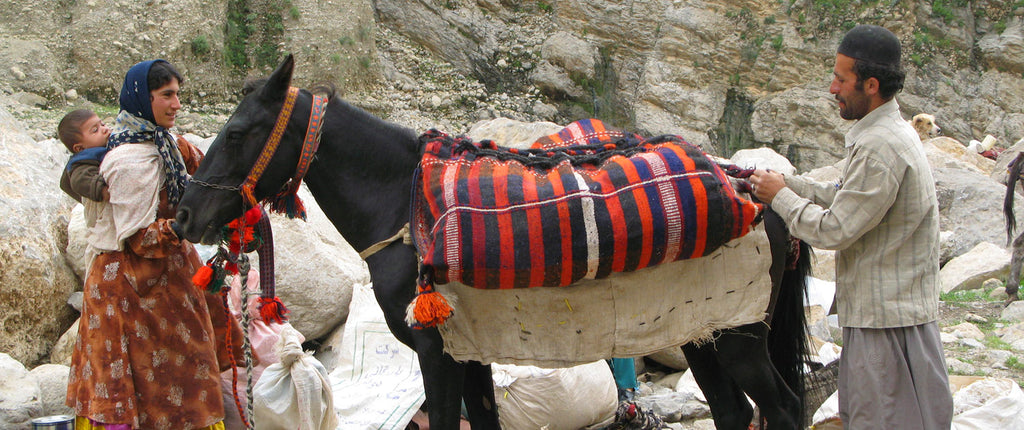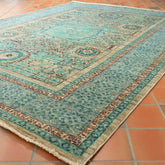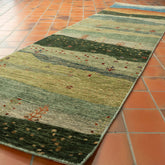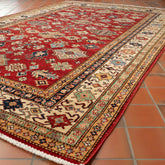Qashqai Tribes of South-Western Iran

South-Western Iran Qashqai tribes
The Qashqai tribes are believed to have entered Fars province when they were driven south by the Mongol invasions ( one translation of Qashqai means "fugitive"). They speak dialect of Turkish and are Orthodox Christians and Shi'a Muslims. The Qashqai are the most important, most advanced and most prosperous of the nomadic peoples of South West Iran. During eight months of the year they inhabit a high belt of of country which extends for about 150 miles northward and slightly westward from a point about 40 miles north of Shiraz. They will ideally reside in their black goats' hair tents for the duration of these eight months. At it's widest point, the area where they occupy is around 70 miles wide and lies at a height of 6000 feet above sea level with some valleys at 8000 feet, with the mountainous region in the range of 10-12,000 feet.
The Nomadic Population
Within this area live, in their summer encampments, around 9 different Qashqai sub tribes who number some 20,000 families. In the late Autumn they move from the highlands to the warmer coastal areas of the Persian Gulf where they spread out to find grazing locations for their herds of sheep and goats, often passing through the site of Persepolis, capital of the Achaemenid Empire.
 The Design
The Design
Qashqai designs are not written or drawn, but passed down onto the daughters who watch their mothers from an early age and gradually develop their skills in a family environment. As well as the traditional lozenge-shaped ground with medallions in the centre repeated in the corners, they will often also include birds, animals, flowers and tree which are incorporated from the world around them.
Sometimes they also incorporate stylised bulls heads or horse heads on pillars, representing the massive carved stone originals which are, to this day still standing in the ruins of Persepolis, which was decimated by Alexander the Great in 330BC.

The Weave
Like all weavers of Fars, whether they be tribal or settled weave on horizontal looms, which lie several inches off of the group. The look is taken up when they move forward, following the flocks and reset at the next encampment. The women take great care in selecting, washing spinning and dyeing the wool, and being of Turkish origin, us the Turkish knot. Their rugs are double wefted, which means that between each row of knots are two wefts, giving a thick, firm structure.
The Dyes
The predominant dyes are shades of red, produced from the Madder plant, and blue from Indigo of which both are readily available through the region. Other colours are made up from indigenous natural materials, including roots, flowers, berries, tree bark, pomegranates and nut shells.










 The Design
The Design
Leave a comment
Please note, comments need to be approved before they are published.